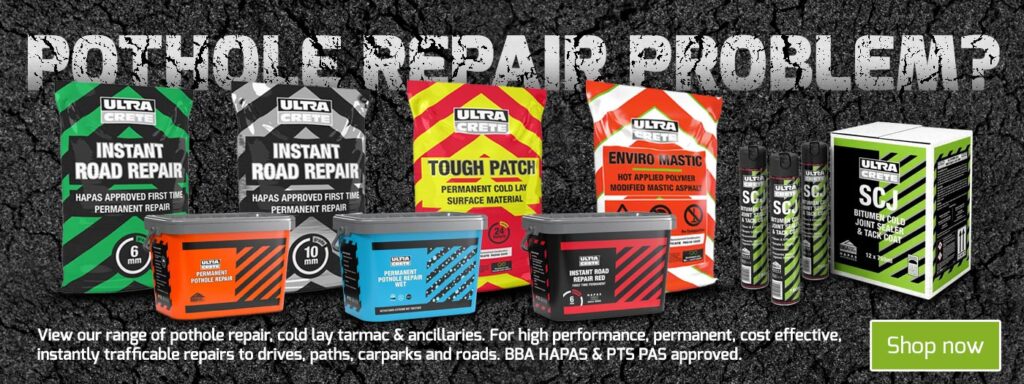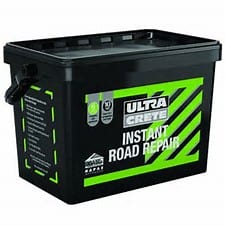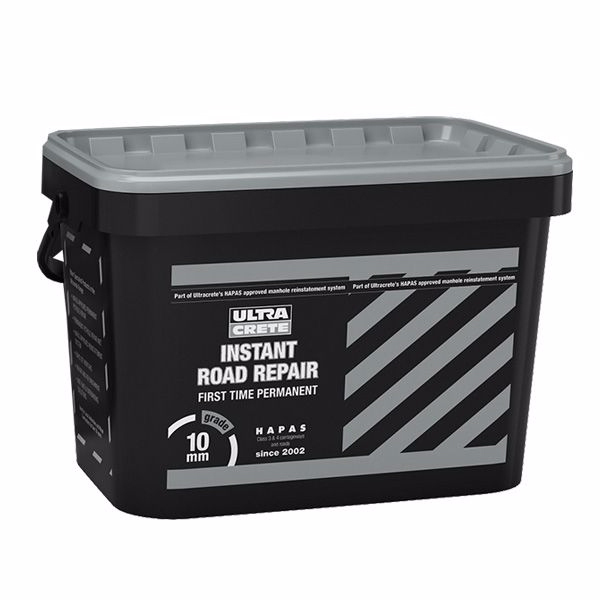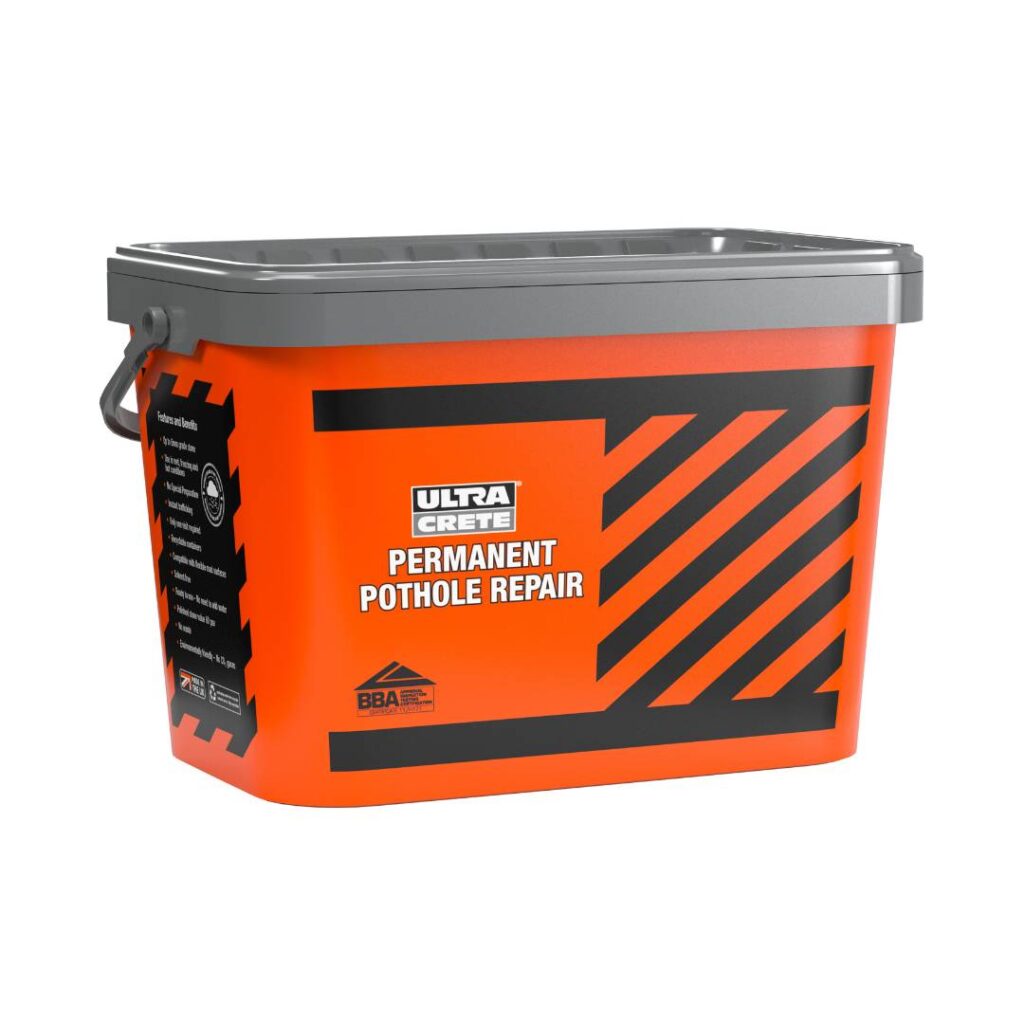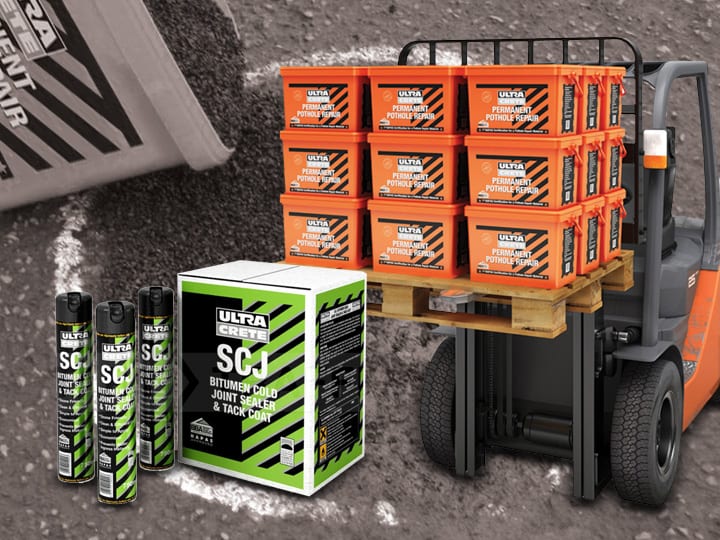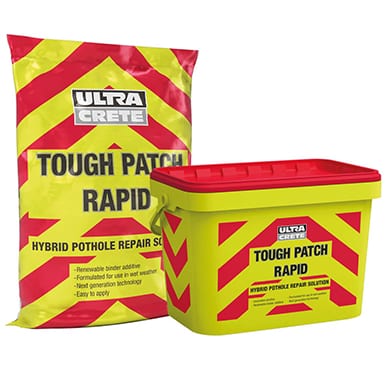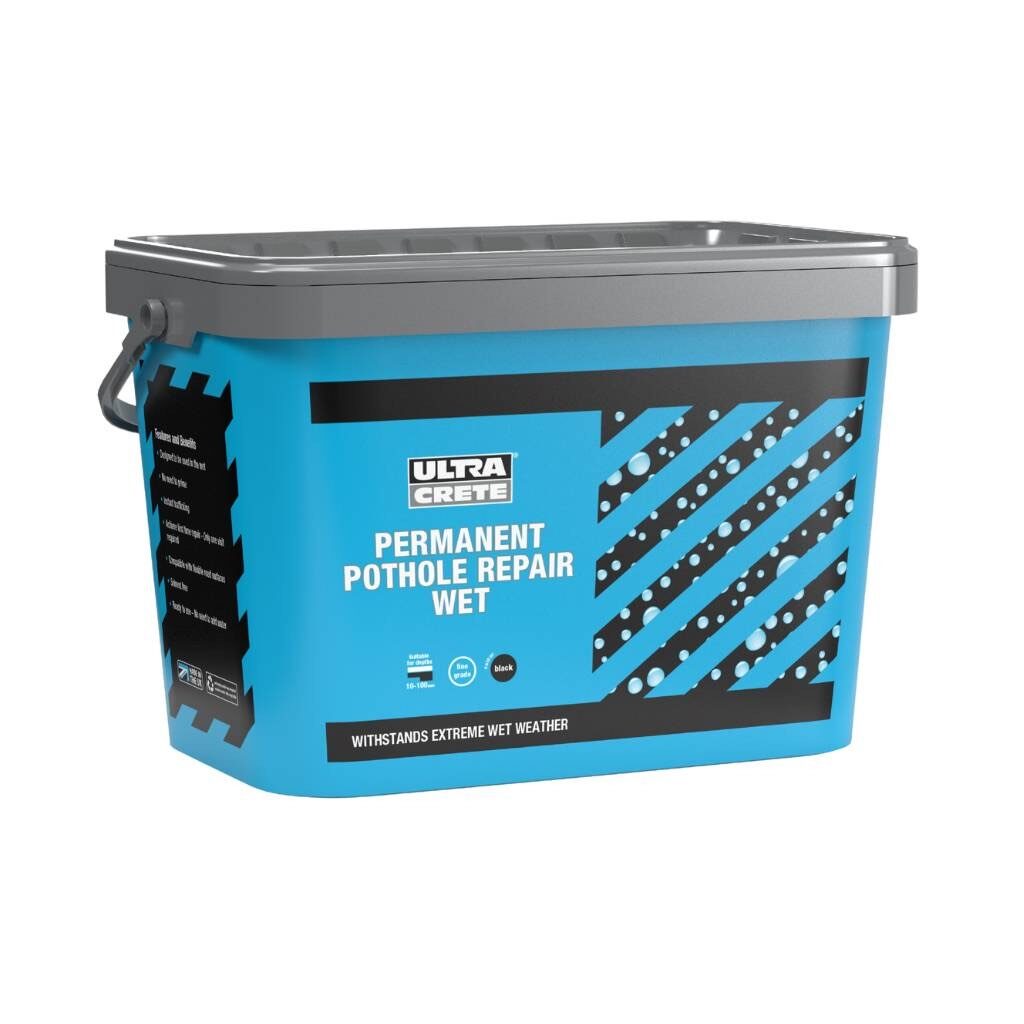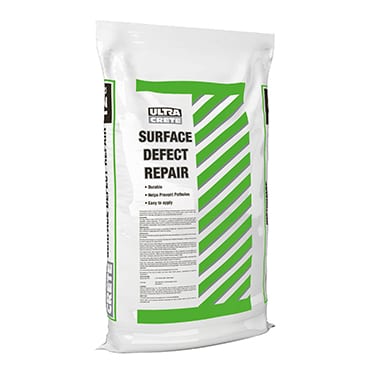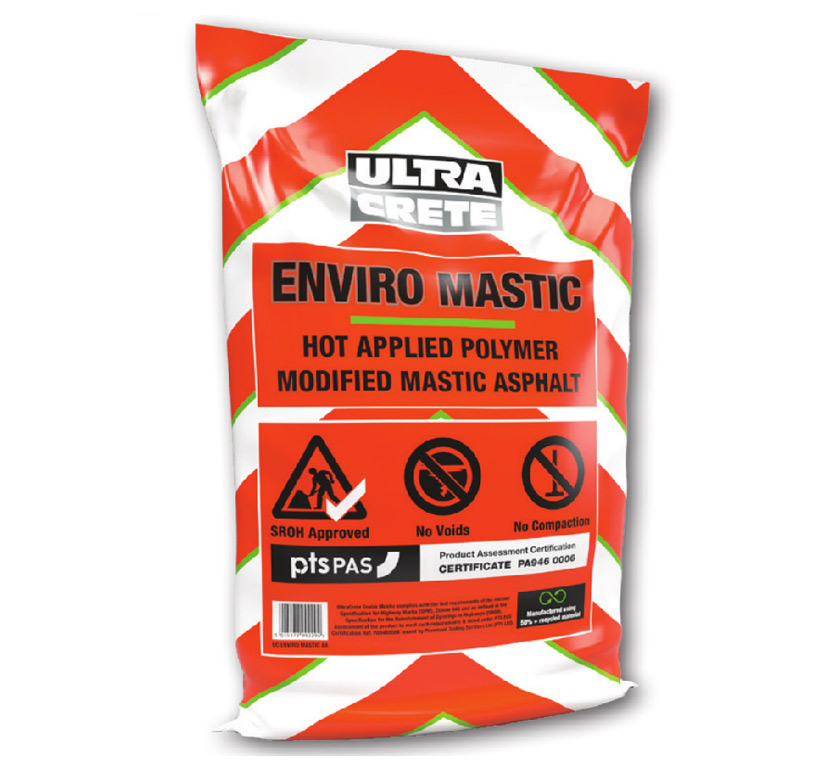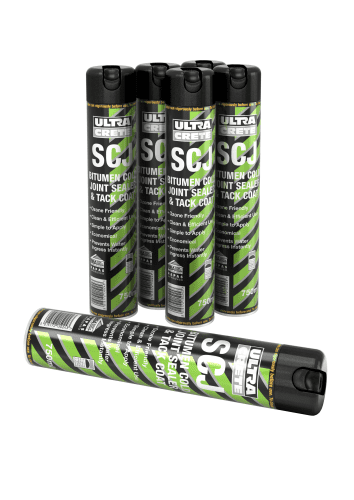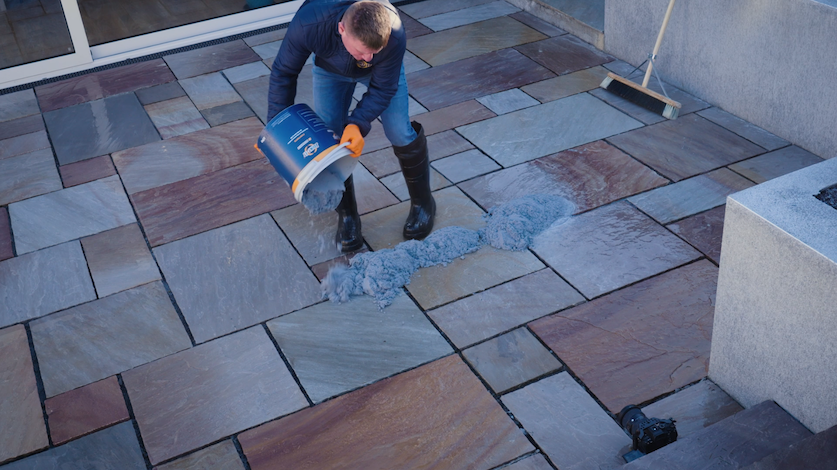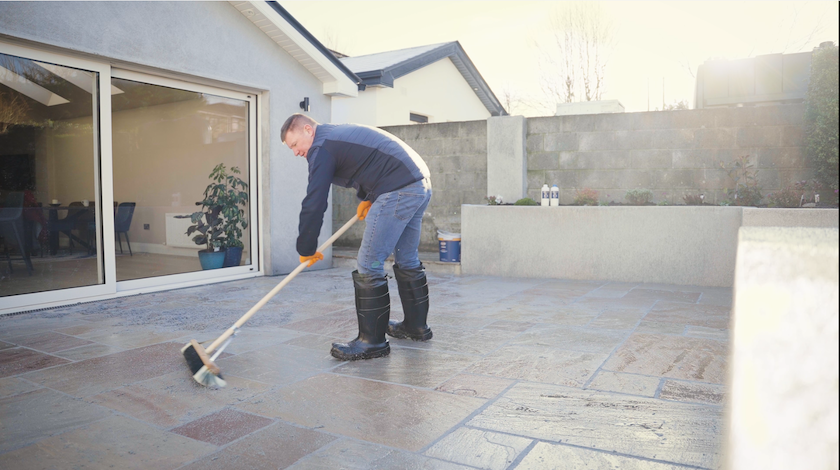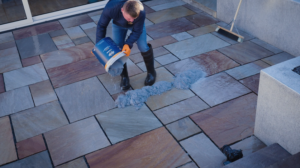Potholes come in all shapes and sizes so it’s important to choose the right asphalt repair mix for the job. Explore our in-depth guide to cold-lay tarmac grades and which to choose depending on your pothole repair needs.
We also cover some of the relatively new alternatives to cold-lay packed asphalts, including water-activated solutions and even a bagged hot lay option.
How to choose cold-lay tarmac grades
There are many things that come into play when deciding which grade of premixed cold-lay is needed for a pothole repair job. These are:
- Type of surface you’re fixing – whether it’s a footpath, carpark, driveway, minor road or main carriageway
- Size of the pothole
- The weather conditions at the time of application
A rapid-curing cold-lay that is instantly trafficable after application is also highly recommended as it reduces the congestion and hold-ups while the material cures.
This is one of the many reasons why here at The Paving Experts we sell Ultracrete’s quality range of cold-lay asphalts, as they are all instantly trafficable.
PAS and HAPAS approval
Another component to add to the mix is whether the product is certified and approved.
If you’re completing a commercial job, your contract may specify the minimum skid and rut resistance required for the job.
By choosing a premixed cold-lay tarmac that has passed the industry standard checks, you can guarantee the product meets the required performance capabilities and is fully certified for use.
The checks to look out for are either PAS (Product Assessment Scheme) or HAPAS (Highway Authorities Product Approval Scheme), which are approved for use by Pavement Testing Services or the British Board of Agrément.
Once these standards were introduced, it was no longer necessary for local authorities to carry out their own tests and assessments on repair jobs.
Today, with clear and consistent testing measures, approved premixed products come with the assurance that they comply with all the relevant standards and regulations.
Most of the products mentioned here are either PAS or HAPAS approved and can be used in accordance with Specification for the Reinstatement of Openings in Highways (SROH).
So without further ado, let’s move onto looking at the different cold-lay grades in more detail and which is recommended depending on your surfacing job at hand.

Coldlay for footpaths and cycle lanes
For a pedestrian footpath or cycleway, Instant Road Repair 6mm (also available in a 25kg bag) is the recommended choice.
With high PSV interlocking aggregate as well as specially formulated bitumen with polymers and flexibilisers, this road repair mix is easy to work, easy to apply and easy to compact.
(Note: PSV stands for polished stone value and is a standard metric for estimating the skid resistance of a permanent cold-lay surfacing material).
IRR 6mm is an easy to work, easy to compact and easy to apply formula that can be used to fix reinstatements that are between 30mm and 100mm deep.
This cold-lay asphalt can also be used to repair bitumen around manhole covers as part of Ultracrete’s approved Ironwork Reinstatement System.
HAPAS approved as a permanent cold lay surfacing asphalt concrete since 2002, IRR 6mm meets the standards and regulations for use in footpaths and cycle lanes.
IRR 6mm is also available in red as an alternative to black for cycle paths and pedestrian footpaths.
Suitable for drives, minor roads & car parks
For fixing reinstatements in driveways, minor roads and car parks, you’ll need a formula with a larger sized aggregate.
Choose either IRR 10mm or Permanent Pothole Repair. Let’s take a look at both of these robust formulas.
Instant Road Repair 10mm
Also known as IRR 10mm, Instant Road Repair 10mm (also available in a 25kg bag) contains a slightly larger aggregate than the 6mm formula mentioned above. It is this difference in aggregate size that means it can be used to fix potholes on surfaces with vehicle traffic.
IRR 10mm can be used to fix reinstatements that are between 30mm and 100mm deep. It is also part of Ultracrete’s Ironwork Reinstatement System.
As with IRR 6mm, this 10mm formula makes pothole repairs easy with its specially formulated bitumen containing polymers and flexibilisers to form a fully graded, high PSV interlocking aggregate.
The 10mm formula has also been HAPAS approved since 2002 for use in type 3 and type 4 roads, and is in line with SROH.
Permanent Pothole Repair 3mm
Simply referred to as PPR, Permanent Pothole Repair is a 3mm aggregate especially made for fixing driveways, pavements, car parks and minor roads.
PPR contains a fully graded high PSV interlocking aggregate together with specially formulated bitumen and can fix potholes with a depth of between 10mm and 100mm.
It has been HAPAS approved since 2011.
Please note: for heavily trafficked areas, particularly to withstand lorries and for road junctions, you will need to choose a formula made for these areas. See below for grades with increased skid resistance.
Best product for improved skid resistance
The go-to formula for heavily trafficked areas is Ultracrete’s Tough Patch (also available in a 25kg bag).
Made as both a 6mm and 10mm-grade mix with an innovative reactive binder, Tough Patch is a rapid-curing cold-lay surface material that is used for not only emergency and temporary repairs, but also permanent ones.
Highly skid and rut-resistant, Tough Patch is the ideal choice for surfaces that require a more robust filler. Choose this high-grade formula when reinstating potholes on car parks used by lorries and wheel turning locations such as junctions, traffic lights and roundabouts.
Tough Patch is a water-activated cold-lay surface material that utilises a reactive binder. Whereas the other formulas we’ve mentioned here cure via compaction, Tough Patch rapidly cures when water is added to the mix.
And obviously being water activated, Tough Patch can also be applied during wet weather (you just need to add less water!).
Aside from Tough Patch’s high deformation performance and rut resistance, its setting time is astounding. Most core tests can be carried out on cold-lays after six months. With Tough Patch you can conduct a core test after 24 hours, demonstrating its fast-setting and robust make-up.
The 6mm-grade Tough Patch formula can be used to fix reinstatements of up to 60mm deep. The 10mm-grade can be used for 100mm deep potholes. Both grades are in accordance with SROH and PAS approved.
Please note: Tough Patch 10mm can only be ordered over the phone – please call 0330 122 1025 to find out more.
What to apply during wet conditions
Although all of the formulas mentioned so far can be applied in all weathers, if you’re fixing a pothole on a particularly wet day, it’s best to use a formula that is nowhere fazed by these conditions.
Obviously as a water-activated formula, the highly skid-resistant Tough Patch formula breezes through any heavy rainfall you encounter during application.
Permanent Pothole Repair Wet is much the same. Read on to find out more.
PPR Wet
Another permanent cold-lay option for trafficked areas is PPR Wet.
A modified formula to Permanent Pothole Repair, PPR Wet offers a more durable result when applied during wet conditions – the type of conditions it was made for.
Just like PPR, PPR Wet is armed with one of the highest PSV (polished stone values), the manufacturer’s indication of skid resistance.
In fact, both of the Permanent Pothole Repairs boast a PSV of more than 88, a whopping value of 38 over the industry recommendation of 50 PSV.
As with the other formulas mentioned above, PPR Wet is instantly trafficable. It withstands hydraulic stress and is ideal for both planned and reactive repairs.
Although PPR Wet lacks the PAS or HAPAS approval, it is still a great surfacing solution for roads, pavements, driveways and carparks.
How to fix small defects in driveways and roads
Minor and small defects are essential to fix as soon as you notice them to stop them from developing into a large pothole.
For those small jobs use Surface Defect Repair.
Surface Defect Repair has been specially designed to prevent potholes from forming.
Easy to apply and use, it can be utilised by local authorities and private landlords of large sites to stop surfacing hazards from forming in the first place. It can also be used for light patching work in carriageways, again to prevent larger pothole formations.
Highly skid resistant, Surface Defect Repair is suitable for minor defects of between 5mm and 45mm deep.
For large, shallow reinstatements it can be used to fill areas of up to 200mm wide by 200mm length and up to 15mm deep.
Although Surface Defect Repair is not PAS and HAPAS approved, it does still boast a high SRV of 60 compared with the industry recommended value of 50.
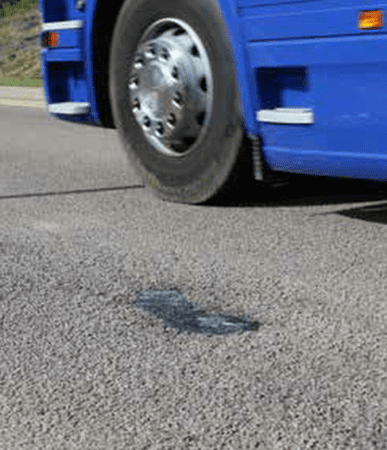
Want zero-waste repairs? Consider hot-lay asphalt
If as a contractor you prefer to work with a hot mastic mix, there is now a premixed, pre-bagged formula that can be heated up onsite and applied immediately with no mechanical compaction.
Enviro Mastic is an SROH compliant and PAS approved formula that is ideal for remote locations. And as a hot tarmac formula it offers zero waste – any mix leftover can simply be stored and reheated on the next job.
For long-term wear resistance, pour direct from the bag into a pre-heated mastic mixer on site before applying Enviro Mastic as a molten mastic repair or surfacing material.
Enviro Mastic can be used to patch and repair carriageways, footpaths and cycle tracks, or as a surface finish if you’re installing street furniture and access covers. It can be applied to reinstatements between 50mm and 150mm in depth.
Essential tips for preventing pothole failures
For permanent pothole repairs, be sure to use the SCJ Cold Joint Spray, a super-strong adhesive that secures the reinstatement in place.
Plus, apply Eco Instaband overbanding tape to seal the edges of the reinstatement. Along with SCJ spray, Instaband helps prevent water ingress – the main cause of pothole failures.
Tom Hughes from Ultracrete says that the importance of these ancillary products cannot be understated.
“The reality is that SCJ spray and Instaband add upwards of two years to reinstatements, on average,” he shares. “Using these ancillary products can be even more crucial than selecting the right grade of stone.”
Line Marker Paint is also a useful addition to any surfacing specialist’s kit.
A final note
Many of these permanent cold-lay surfacing materials are industry compliant and approved under either HAPAS or PAS. But for this certification to count you do still need to apply the products according to their application instructions.
Always read the technical datasheet so you’re fully aware of the mixing, application and compaction methods.

